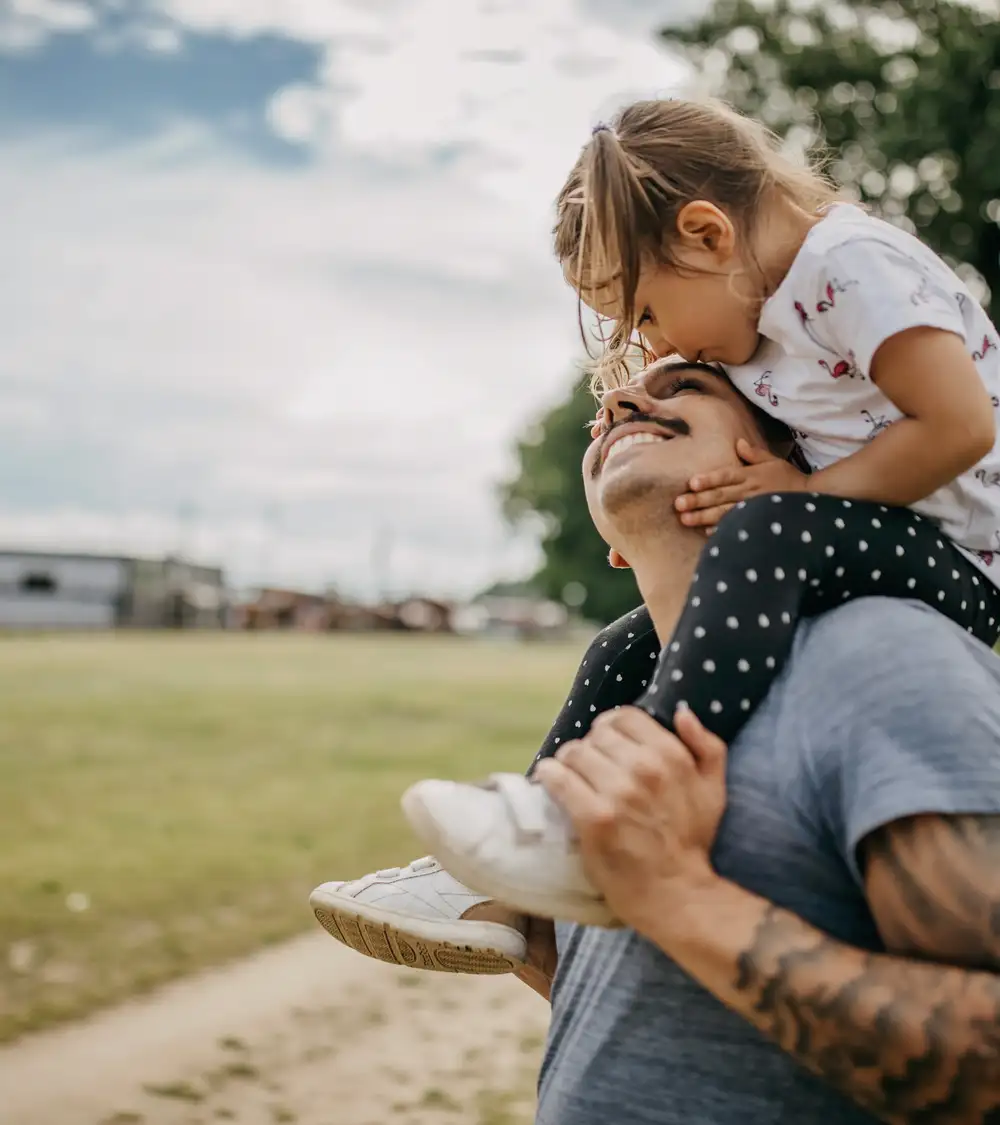He pēhea te mahi a ngā kaunihera
-
How councils work



All the inner workings of councils from regulation to community engagement, standing orders to the Long-term Plan.
Elected mayors/koromatua, chairs, councillors and local and community board members are responsible for enhancing the social, environmental, economic, and cultural wellbeing/hauora of their communities, ensuring a safe and thriving environment where everyone feels a sense of belonging.
Their job is to ensure a healthy natural environment, thriving businesses, safe spaces for all and a diverse and vibrant culture that supports every individual’s sense of belonging.
There is no one-size-fits-all approach to how they achieve this: for councils/kaunihera to be effective they need to operate in a way that best serves the interests of their communities, and this differs from north to south, urban to rural.
However, there are certain regulations, structures and expectations that apply to all councils/kaunihera which are summarised below.
Regulation
Like central government, local government is established by Parliament. It receives its powers and authority/kāwanatanga through legislation and is subject to more than 100 different statutes.
The most important of all, is the Local Government Act (LGA) 2002. This spells out local government’s purpose, its general powers, its specific bylaw-making powers and the principles and processes that councils/kaunihera must abide by when making decisions.
Another key piece of legislation is the Local Government Official Information and Meetings Act (LGOIMA) 1987. Under the LGOIMA, council information must be made available to members of the community unless there is a valid reason (as defined by legislation) for withholding it.
Councils/kaunihera are accountable to their communities for the decisions they make and what they deliver. They must be open and transparent about how they conduct themselves and make decisions. Making council/kaunihera information publicly available is a key part of this.
Community engagement
Meaningful engagement with people and communities is key to effective local government and a core part of a councillor’s role.
It increases the community’s sense of ownership around decisions and goodwill toward the council/kaunihera. It also ensures the council/kaunihera is better informed and better able to implement its decisions without challenge.
Local government legislation places considerable importance on the quality of the relationship between council/kaunihera and their communities, with expectations around levels of engagement and consultation clearly defined in the legislation.
Māori engagement in council/kaunihera
Strong relationships with iwi, hapū and Māori organisations are critical for ensuring community wellbeing/hauora and that local authorities can make informed decisions in relation to Māori values and interests.
The Local Government Act 2002 states that when making significant decisions in relation to land/whenua or a body of water, local authorities must take into account the relationship of Māori and their culture and traditions with their ancestral land/whenua, water/wai, sites, wāhi tapu, valued flora and fauna, and other taonga/treasures.
The way in which council/kaunihera engage and consult with Māori needs to be appropriate for each circumstance and needs to:
- recognise the mana and authority of iwi and hapū as the traditional or indigenous governors and owners of the rohe in which kaunihera are based,
- recognise the status of Māori as guaranteed under Article 2 of Te Tiriti o Waitangi, and
- acknowledge the status and rights of Māori, as guaranteed under Article 3 of Te Tiriti of Waitangi, to participate as citizens, alongside all other citizens, in the public life of their communities.
Standing committees and portfolios
Standing committees enable a council to delegate decision-making on issues to smaller groups of elected members who can investigate issues in more depth and in consultation with citizens. Some committees have decision-making authority while others are purely advisory.
However, as the number of elected members on councils has reduced, there has also been a move away from standing committees to portfolio systems. Portfolio systems mean individual councillors take a leadership role in relation to specific policy issues, such as transport or the arts.
Meetings
The word ‘meeting’ has a specific meaning that refers to gatherings that conform to rules and regulations laid down in legislation.
These rules and regulations form the basis of each council’s ‘standing orders’ which cover everything from how debates are conducted, how votes are taken, what notes are recorded and who is allowed to speak, and when. Standing orders must be made public and are usually on a council’s website.
Council/kaunihera decisions, except for those delegated to officials, can only be made at meetings.
Members of the public and media have a right to attend all council/kaunihera meetings unless all or part of the meeting is held under the ‘public excluded’ rule.
Planning and reporting
If you want to understand what your council/kaunihera intends for your community and how it is performing, you should look at its Long-term Plan (LTP), Annual Plan (AP) and Annual Report.
The Long-term Plan is by far the most significant planning and decision-making process for elected members. It sets the council’s work programme and how it will be funded, for at least the next 10 years.
It’s prepared every three years, in the middle year of the local government electoral cycle and must include a financial strategy.
Every year, a council/kaunihera must provide an Annual Plan in line with its LTP. The annual plan outlines the action a council/kaunihera will take and includes the annual budget. It is a link to the rate-setting process.
Finally, annual reports close the ‘feedback’ loop with communities, reporting on what has been achieved over the course of the year, and what hasn’t.
You will find all these documents on your council’s website.
Decision making
Almost everything a local authority does involves a decision; from how to manage resources and deciding what to invest in, down to what colour to paint the playground equipment and when dogs are allowed on the local beach.
Before making decisions, councils/kaunihera must ensure they have enough good quality information to be as informed, balanced and reflective of the community’s desires as possible. This information can come through a range of sources and methods, such as reports, experts, financial advice, consultation with local businesses and organisations, feedback from community boards and more.
The bigger the decision, the more extensive the research and consultation process.
Each decision is put to a vote at a council/kaunihera meeting. Each council member gets one vote, including the mayor, to ensure the voting process is fair and democratic.
Council controlled organisations
These are public companies owned by one or more local authority (or to which a local authority has the right to appoint more than half the directors). Councils/kaunihera that operate trading activities will almost always incorporate them as Council Controlled Organisations (CCOs) which puts the activity at arms-length from the council/kaunihera itself. The Auckland Council has seven CCOs to run a wide range of activities from transport and water to economic development and events.
The question of how to organise themselves, and whether or not to delegate decision-making responsibilities, is one that must be addressed by new councils/kaunihera immediately after their election and is outlined in each council/kaunihera’s governance statement.
Remuneration
The Remuneration Authority is responsible for setting the remuneration of all elected members. It determines a remuneration pool for each council/kaunihera reflecting the size of their total governance role, rather than the number of councillors, and is aligned with the ranking of that council/kaunihera on the relevant size index. The index considers:
- the size of the governance role of each council/kaunihera,
- the average time required by an elected member, and
- a general comparison with parliamentary salaries.
To find out more about remuneration, visit the Remuneration Authority website.
Want to know more about how local government works? Our Good Governance Guide below provides more information. You can find out more about elected member remuneration through our helpful tax guide, also below.